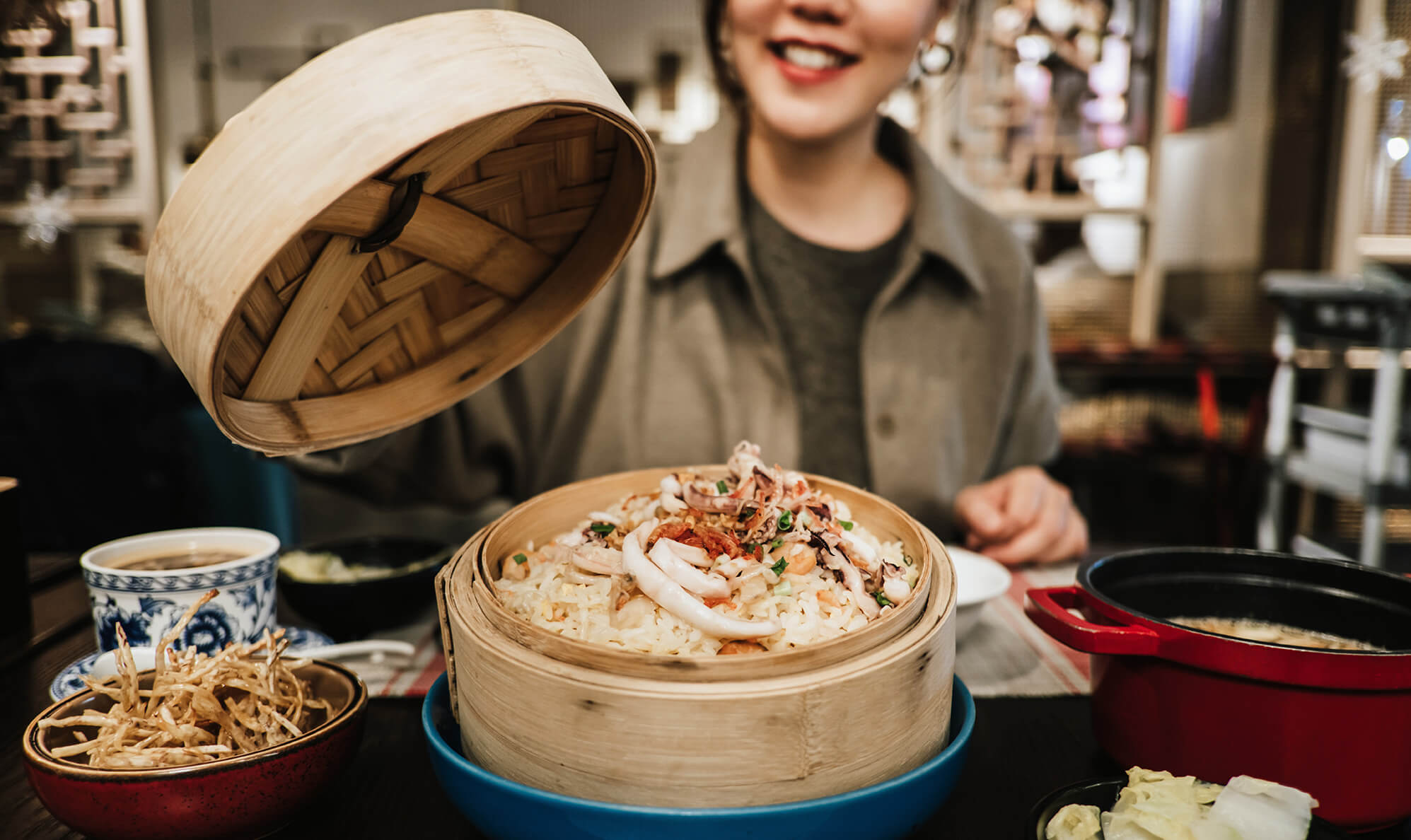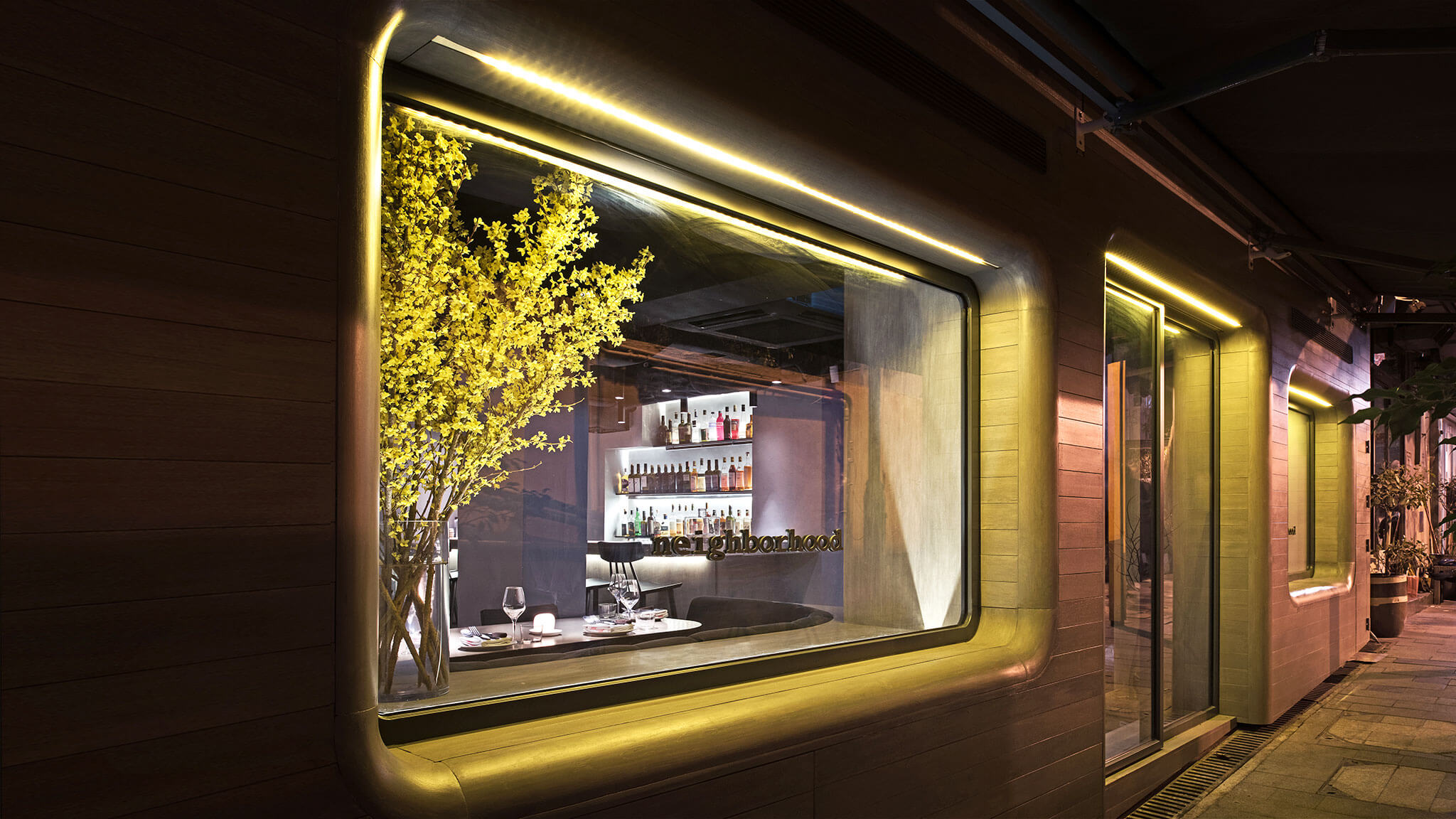
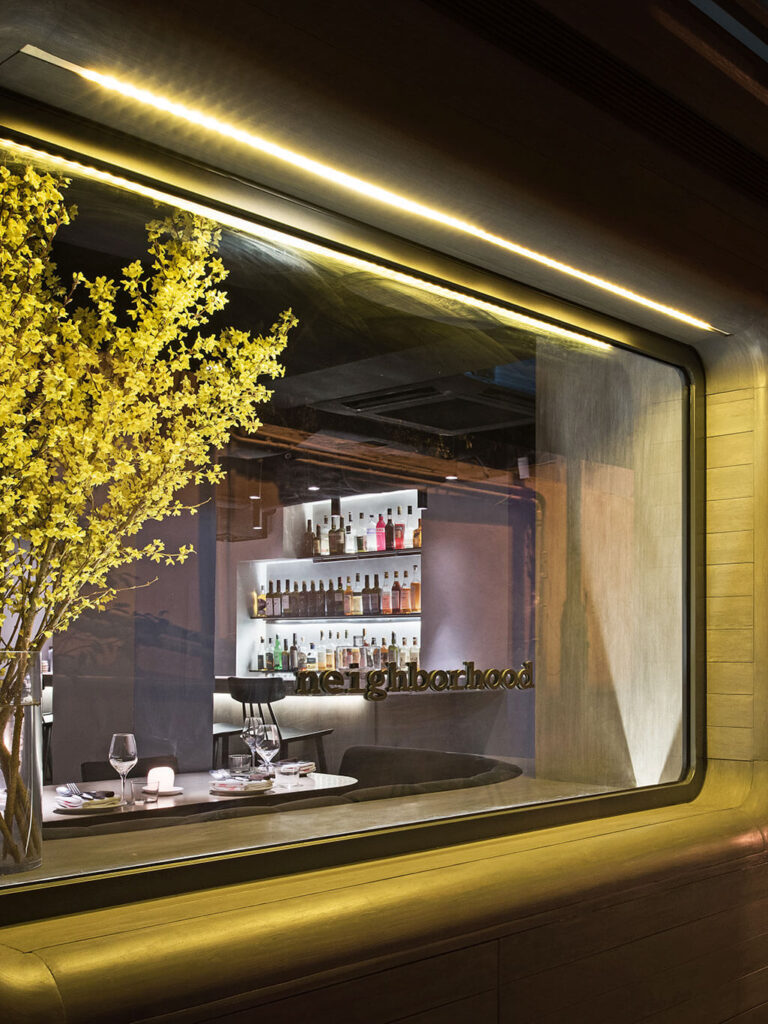
Local Neighborhood,Global Cuisine
David Lai, executive chef of Michelin-starred restaurant neighborhood muses on Hong Kong’s traditional food culture and the global connections that inspire
In the bustling dining and shopping area SoHo—down a steep slope hill crowded with stalls selling fruits and flowers—a small side alley hides in the background. In-the-know diners find their way down this narrow walkway to the discreet gray entrance of neighborhood. Inside, chef-owner David Lai is preparing a flounder from his morning visit to the local seafood market. Since opening in 2014, neighborhood has become one of the most sought-after dining experiences in the city and a frequent awardee at international culinary awards, from The MICHELIN Guide to Asia’s 50 Best Restaurants.

Hong Kong has long been deemed a first-rate culinary destination. With over 15,000 restaurants in the densely packed city, the food here is known for bold flavors that merge traditional Chinese cooking and international tastes. But the city’s famous dim sum and wonton noodles aside, innovative restaurants like neighborhood are adding new zest to the city’s established food scene.
From Imagination to Reality
It’s both challenging and straightforward to define neighborhood’s food. While The MICHELIN Guide deems it “European contemporary” and The World’s 50 Best says “mostly French cooking,” Lai, himself, doesn’t mind cooking without labels. “At the beginning, I felt it was necessary to put a label on neighborhood’s food,” says Lai. “The first thing people ask is ‘What kind of food do you serve?’ But at this point in my career, the easiest answer is ‘I just cook whatever I want.”
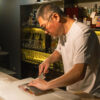
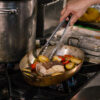
Neighborhood’s global menu—with dishes such as buffalo wings, paella, and French vegetable casserole—reflects Lai’s unconventional career path. Studying art and art history at the University of California, Berkeley, Lai was fascinated by the Bay Area’s vibrant dining culture. He recalls finding inspiration in used cookbooks as a student; buying ingredients at local markets and cooking up his imagined version of French food. He became so engrossed by food that he eventually left university to become a full-time chef. After training under decorated chefs—such as Sylvain Portay at the Ritz-Carlton’s Dining Room—he moved back to Hong Kong to work at Spoon by Alain Ducasse before opening his own restaurants.
Since opening neighborhood in 2014, it has become one of the city’s most respected restaurants. And, for Lai, its unassuming location is a definite plus. “I was admiring this space for a long time before I had it. It was a bit serendipitous how it all came to be.” Receiving a Michelin star in 2023 and ranking 29th in the latest Asia’s 50 Best Restaurants, Lai also won the esteemed Inedit Damm Chefs’ Choice Award in 2022—a peer-voted award by The World’s 50 Best Restaurants.

Foraging Across the Globe
As part of his daily routine, Lai frequents local markets to find the best and freshest produce for neighborhood. “Seafood is a truly excellent ingredient of Hong Kong. It’s exciting and inspiring to go to the market, not knowing exactly what you will find. It’s that surprise element that demands that I make something out of nothing.” Depending on the day’s catch, Lai often serves up whole fish heads for groups to enjoy, or ceviche—a South American seafood dish marinated in citrus.
Neighborhood’s vegetable casserole is another of Lai’s proudest creations. It’s a tribute to Chef Alain Ducasses’ signature casserole at the three-Michelin-starred Louis XV in Monte Carlo. With precision and top-notch ingredients, Ducasses elevated the rustic family dish to a complex and rich affair. Lai’s reimagination of the classic dish is regularly updated on neighborhood’s menu, matching the most seasonal ingredients available around the world, such as sunchokes, pumpkin, and celery root.

“Hong Kong has a very efficient logistics system, so we can order the best ingredients from around the world. Japan, for example, has enough flights that we can place an order the night before, and have the freshest catch from Toyosu Fish Market the next afternoon
This connectivity, which includes regulations to ensure quality and safety, has indirectly nurtured an abundance of restaurant styles—from authentic international cuisines to innovative East-meet-West fusion fare.
An Odyssey of Flavors
There are limitless options when it comes to sampling seafood in Hong Kong. Lai recommends going to the Ap Lei Chau Market to hand-pick seafood at its freshest. From there, Lai says, “During nice weather, you should charter a speedboat from Ap Lei Chau to Lamma Island. It only takes ten minutes.” His favorite spot in Lamma is Genuine Lamma Hilton Fishing Village Restaurant, where diners can have their fresh purchase cooked to order. Seafood lovers can also wander down Sai Kung’s promenade ‘Seafood Street’ or through Sam Shing Hui Seafood Market in Tuen Mun, a historic fishing village.
Another one of Hong Kong’s key culinary traits is that good food can be found in the most humble locations. At Causeway Bay’s Bowrington Cooked Food Center, Kau Kee is renowned for its delectable bowls of beef noodles. Additionally, in the northern district of Tai Wai, Hao Tang Hao Mian takes a contemporary approach, skillfully blending Western and Chinese techniques to craft a diverse selection of noodle soups. The result—a fusion of flavors reflecting Hong Kong’s diverse culinary landscape.
To experience traditional food craftsmanship in the city explore the Sham Shui Po district. Kung Wo Beancurd Factory is renowned for its silky tofu pudding, while Pak Sin Bakery has been crafting iconic Hong Kong pastries—such as pineapple buns, mooncakes, and ‘Thousand-year-egg Pastry’ with lotus seed paste—for over fifty years.

Like the menu of neighborhood, Hong Kong’s dining scene is alluring not because of one singular cuisine or experience, but because of its diversity. Lai believes the city’s unique culinary scene stems from the drive and dedication of its most humble chefs. “We still have a lot of old shops. From them, you can find history, tradition, quality, and uniqueness. I think those are the roots of the city.” It’s this love of classic, delicious flavors which ensures that, from gourmet restaurants to affordable food markets, great food can be found on every corner.
Opening image courtesy of Elden Cheung and dix design+architecture www.seandix.com
Learn More
